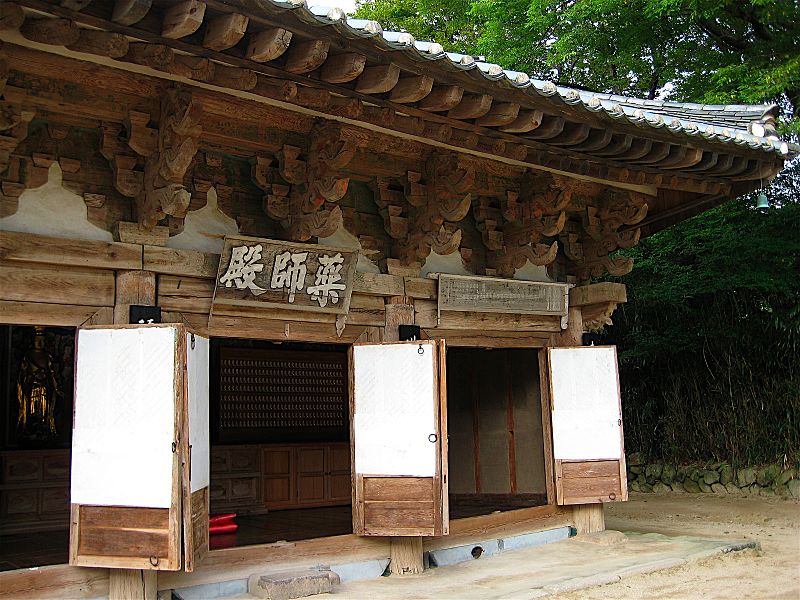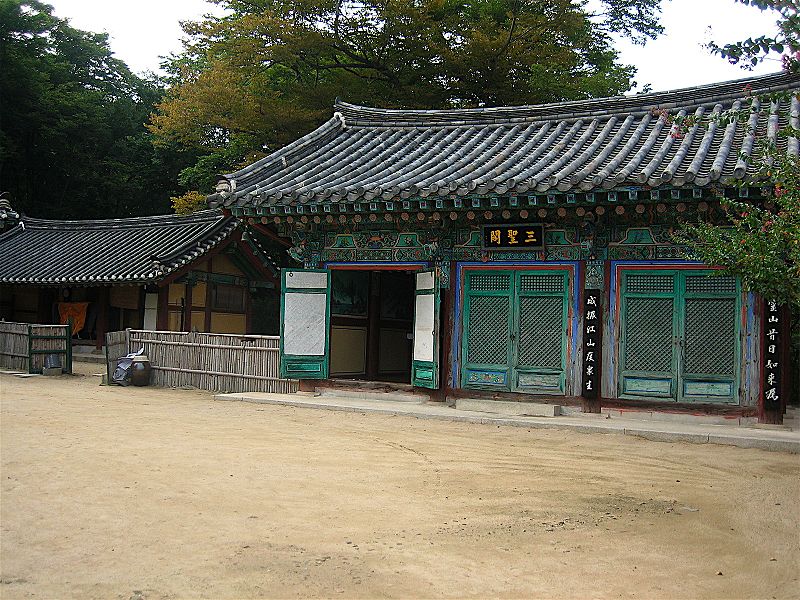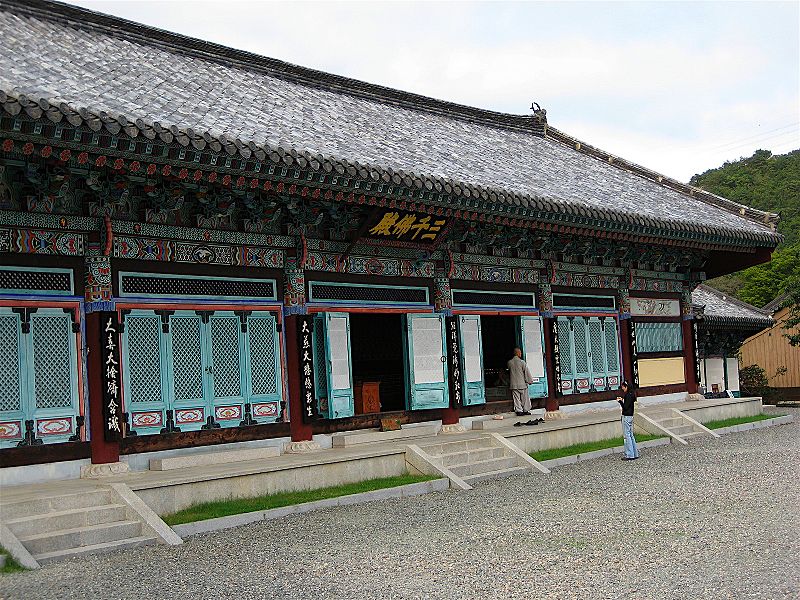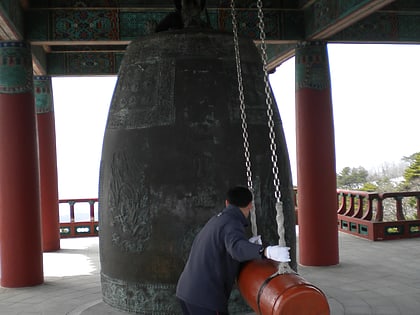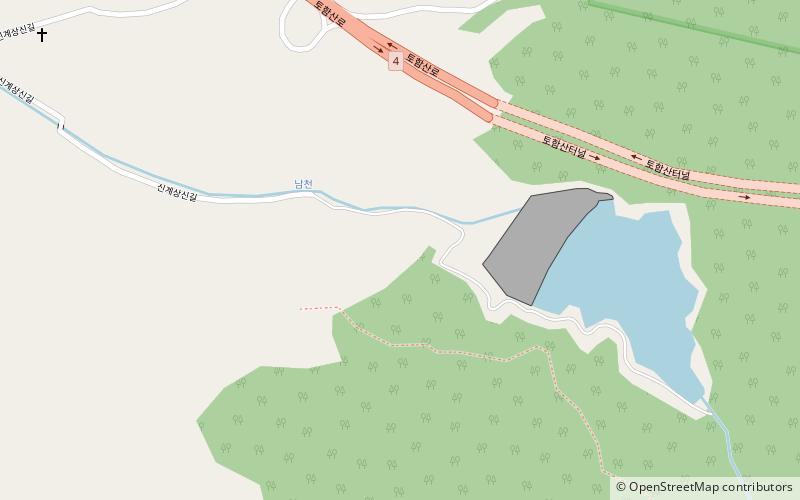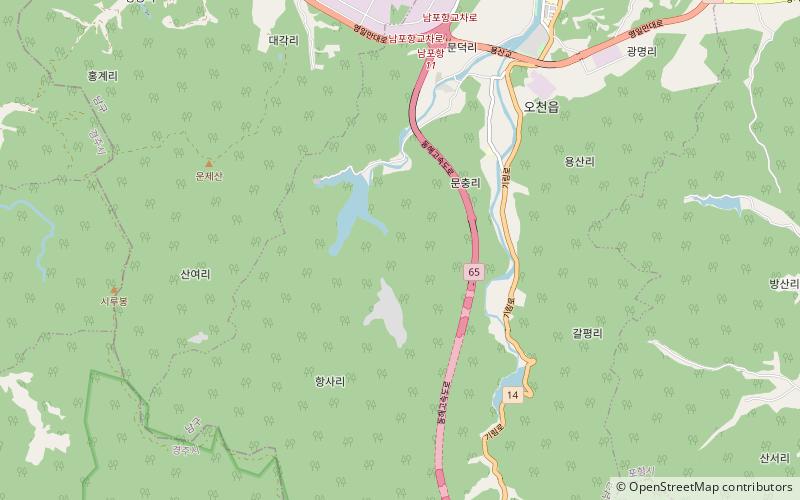Girimsa, Gyeongju
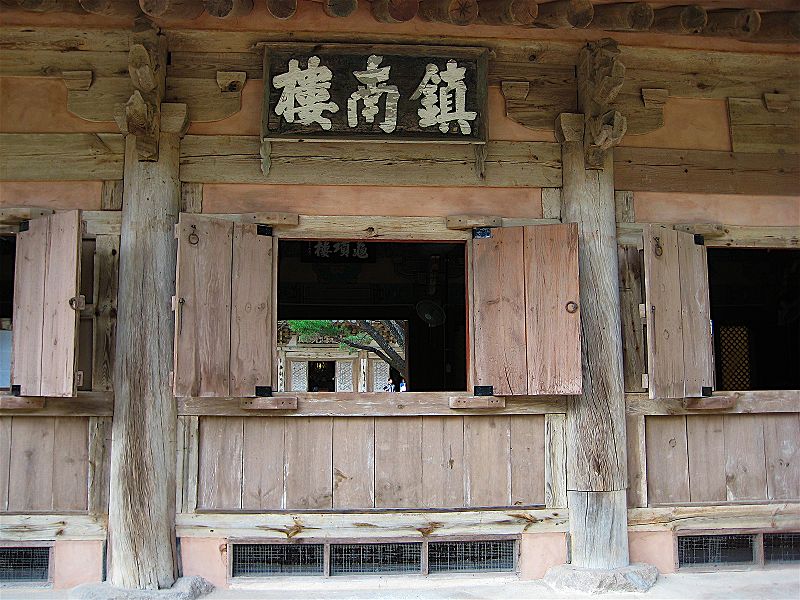
Facts and practical information
Nestled in the lush, serene valleys of Mount Hamwolsan in Gyeongju, South Korea, Girimsa Temple remains one of the lesser-known jewels of Korean Buddhism. Despite its relative obscurity compared to the nearby Bulguksa Temple, Girimsa offers a tranquil retreat and a deep dive into the country's rich spiritual heritage.
Established during the Silla Dynasty in the 7th century, Girimsa Temple is the second largest temple in Gyeongju after Bulguksa. The temple complex boasts a collection of historic structures, including prayer halls, pagodas, and a famous Buddha statue, all harmoniously integrated with the natural surroundings. The temple's history is marked by periods of prosperity and decline, but its significance as a center for Buddhist learning and practice has endured through the centuries.
Visitors to Girimsa are greeted by the calming sounds of nature and the sight of ancient stone steps winding through the forest. As one ascends, they encounter various halls such as the Daeungjeon, the main Buddha hall, which houses three statues representing the past, present, and future Buddhas. The temple's architecture displays the characteristic grace and simplicity of Korean Buddhist art, with delicate woodwork and ornate roof tiles.
One of the highlights of Girimsa is the Gwaneumjeon Hall, dedicated to Avalokitesvara, the Bodhisattva of Compassion. This hall is particularly revered for its seated statue of Avalokitesvara, a masterpiece of Korean Buddhist sculpture that exudes an aura of benevolence and serenity.
Girimsa Temple is not only a site of architectural and artistic importance but also a living center of worship and pilgrimage. It continues to attract both the devout and the curious, offering a peaceful environment for meditation and reflection away from the bustle of modern life.
Girimsa – popular in the area (distance from the attraction)
Nearby attractions include: Seokguram, Dabotap, Bulguksa, Seokgatap.


